Nash-Healey, A Grand Alliance
by John Nikas
With Contributions by Hervé Chevalier
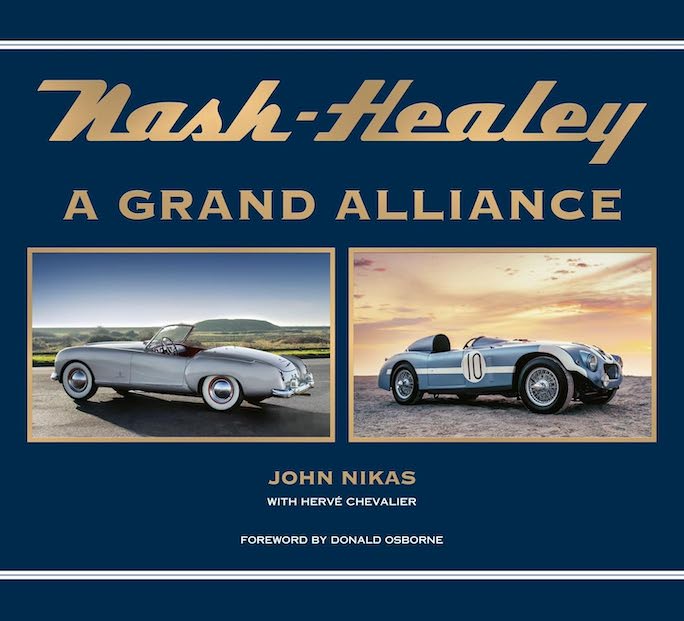
“‘There is no mystery about the reason for the Nash-Healey’s demise,’ wrote former Nash and American Motors executive John Conde. ‘As mentioned, it was too expensive, much costlier than its main rivals, the Kaiser Darrin and Chevrolet’s Corvette. Then too, a Nash dealership was the last place most enthusiast buyers expected to find a sports car. Sales volume was insufficient to warrant spending money for promotion and further model development, and Nash had other, more important fish to fry. By 1954, the firm was loosing about $2 for every $1 the Nash-Healey brought in.’”
Loosing money? That explains why not even Superman could save the Nash-Healey! (Remember, he had a Farina roadster as a daily driver on his 1952–58 TV show which, in an early case of product placement, also showcased other Nash vehicles.)
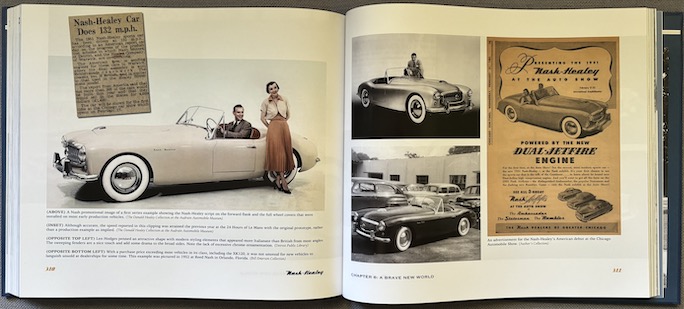
What’s not to like? Fast, sleek, modern-looking, large enough for American buyers to not feel this was a toy car.
Even with multiple images on a spread as here there is never any ambiguity which caption goes with which photo. Sounds obvious, you say? Well, check your other books.
If the only Healey that springs to your mind is the much more “common” (in the sense that almost 200,000 were built) Austin-Healey then this book will introduce you to what author Nikas calls an “underappreciated automotive gem,” so underappreciated that in the vast sea of Healey literature this is in fact the first dedicated book about the barely 1300 chassis. (If your interests run to the esoteric, there will also be, in the 1970s, a Jensen-Healey which would generate rather more sales but still remain an outlier.)
Advertised as “The Car That Combines the Genius of 3 Nations” the Nash-Healey with its avant-garde Pininfarina coachwork and reliable mechanicals had a lot going for it. It was a lot more car than the beloved-by-enthusiasts MG TC and as upscale exotic as a Jaguar XK120, the design was by the same house Ferrari had made its go-to coachbuilder, and American maker Nash was an established and well-regarded player on the US scene.

We’re only a hundred pages in and deep into the Triumph story, having encountered bicycles, motorcycles, aircraft, the auto repair and car hire business—and still none of the cars is a Nash-Healey which is another 170 pages away, but this unhurried exposition is the beauty of a publisher letting the author make the story as big as he feels it needs to be.
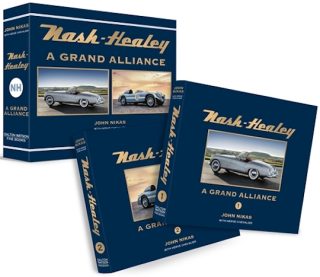 Just looking at the boxed set clues you in that this must be an elaborate piece of work. At over 800 pages it sure is but do keep in mind that not all of them are devoted to only the Nash-Healey. Thanks to publisher Dalton Watson not putting their authors on a leash Nikas is able to tell a veritable history of the world. Many of our readers are writers and if you have the facility to look at a book as if it doesn’t already exist fully formed and you are putting it together just then, you cannot fail but be in awe at the multitude of disparate storylines and myriad facts Nikas strings together to make the book “one that future historians and enthusiasts can rely on.”
Just looking at the boxed set clues you in that this must be an elaborate piece of work. At over 800 pages it sure is but do keep in mind that not all of them are devoted to only the Nash-Healey. Thanks to publisher Dalton Watson not putting their authors on a leash Nikas is able to tell a veritable history of the world. Many of our readers are writers and if you have the facility to look at a book as if it doesn’t already exist fully formed and you are putting it together just then, you cannot fail but be in awe at the multitude of disparate storylines and myriad facts Nikas strings together to make the book “one that future historians and enthusiasts can rely on.”
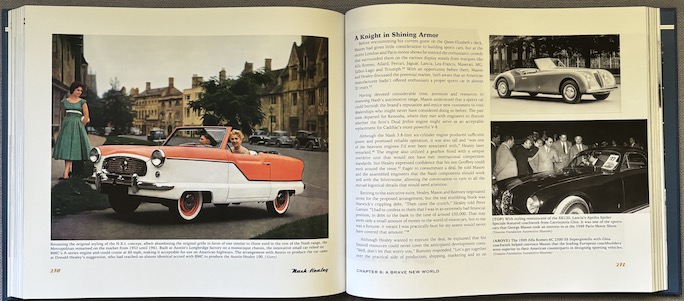
Nash focus-tested the N.X.I prototype with a quarter million prospects and found the results encouraging enough to go into production with the 1953–61 Nash Metropolitan (left). The cars on the right, both Ghia designs (Lancia, Alfa Romeo), are examples of what drew Nash to the 1949 Paris Motor Show to evaluate European designers.
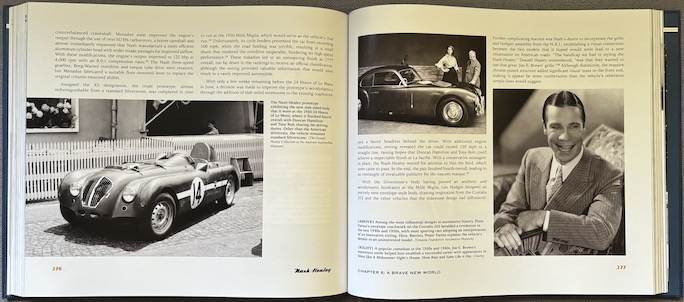
And what does Joe E. Brown (right) have to do with this story? What’s his dominant facial feature? Nash loved the actor’s big “grille” and so gave the Metropolitan one. Healey considered it “a handicap” to be saddled with the mandate to stick it on the Nash-Healey.
Moreover, this story posed the additional challenge of having to consider another man and his work, Charles W. Nash (b. 1864) who had risen from cushion-stuffer at a carriage works (a vast improvement over his previous lot of indentured servitude on a farm) to president of GM before bolting his own name to a car (1917) long before the Healey part of the story gets underway. Nikas knows how to say a thing just so, and describes Nash’s life “as ripped from the pages of a Horatio Alger novel.” Strictly speaking there is yet another principal to consider, Battista “Pinin” Farina, but, in biographical terms, he is given relatively fewer words, probably because he is already well established in the literature. A key building block here is that Nash management had already decided to pursue Italian coachwork before the chance encounter with Healey ever took place. All the foregoing commentary should have established that this is a multi-faceted world-within-worlds treatment offering any attentive reader just what the book title suggests, plus a whole lot more. A more detailed discussion of the Invicta, Riley, and Triumph aspects of the story will have to wait for a future book.
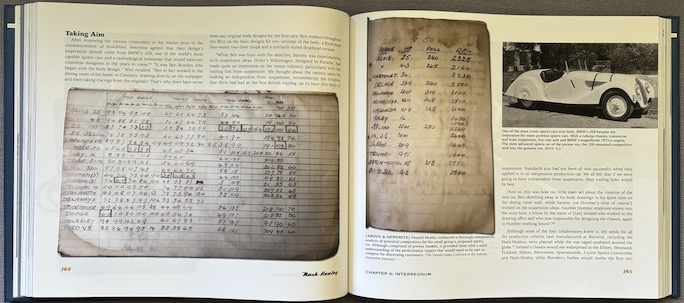
Here examples of the kinds of primary sources: Donald Healey’s own attempt at quantifying what specs the competition was able to deliver (above); a note by Healey’s right-hand man Roger Menadue recounting construction details (below).
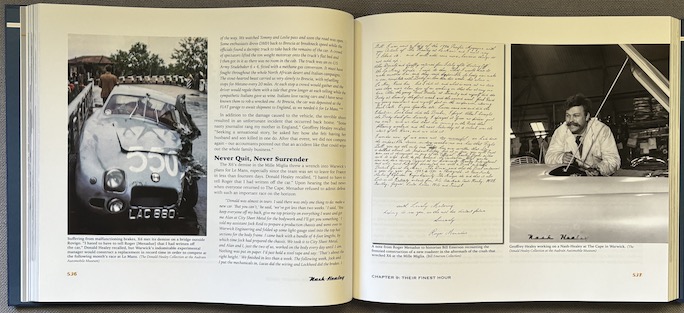
Already when writing his previous Healey book Nikas realized the Nash-Healey story needed to be told separately but it is only in more recent years that troves of primary source material “that previously had been denied to historians” (cf. Donald and son Geoff Healey’s personal archive which had been sold at auction to a private party, and correspondence, records, interviews) has become available, through donations to or acquisitions by institutions/organizations. This applies to the Nash side as well, specifically the John A. Conde records from which our introductory quote is excerpted. Many of these sources are now held at the Audrain Automotive Museum whose CEO Donald Osborne has written the Foreword. A look at the Acknowledgments demonstrates that all the right people have cast their eye on the book during its making or shared material which brings us to one other singularly relevant aspect that distinguishes this book: French marque expert Hervé Chevalier set aside his own publishing plans and made available his work-in-progress manuscript on Competition Healeys (on which he had already published eight or nine books) that here constitutes a substantial 3 of the 10 chapters, which is why he was given a byline.
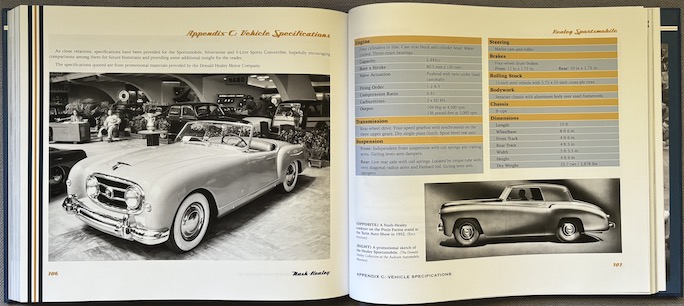
A sample from Appendix C, Vehicle Specs.
This is not the first time or the only occasion on which Nikas has set his sights on Healey. In addition to the 2020 book Healey: The Men and Machines (Herridge & Sons, 978-1906133825) for which he received an Automotive Heritage Award, he is a frequent contributor to Healey club magazines. Also, the motoring event he counts as his signature accomplishment was taking the overall win at the Mille Miglia North America Tribute at the wheel of an Austin-Healey 100.
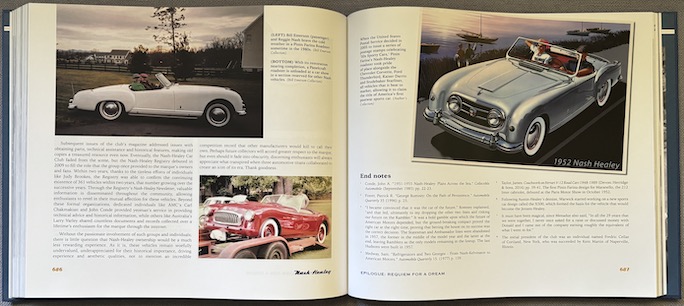
An example of end notes. Some are merely references to source material but others are quite long and serve as emendations to the main text. Don’t skip them lest you miss such morsels as “Healey’s witty humor and consummate driving skill likely informed part of the Bond persona.” James Bond? Who knew.
This wouldn’t be SpeedReaders if there wasn’t a discussion of the bookmaking side of things. Needless to say, landscape format is well suited to the dominant photo orientation of an automotive topic, and the choice of paper/coating allows the sort of inking that makes for contrast-rich photo reproduction. Intelligent design choices are evident everywhere—and not just the obvious areas of fonts and design devices that play well with the subject and the period but also those aspects the casual reader might never pay attention to until they don’t work. Take type size, colors, and attributes (bold, ital, overprinting etc.): absolutely everything is legible without eye strain, even the Index which is where things usually fall short. You will spend hours and hours with a mammoth book such as this so these things do matter!
And speaking of Index, it is subdivided into half a dozen categories (including one called “Other” which is catch-all for obscurities such as “Fitch Fuel Catalyst” or “Nissen Hut”) and there are no glaring omissions. Obviously there is a Bibliography; not at all obvious is that it too is clearly intended to facilitate further reading on the reader’s part by including, for instance, a listing of “Interviews/Oral Histories.” And let’s not forget the chapter end notes; the only thing to say here is that they are consecutively numbered, which works well enough if you’re going from the main text to the notes but if you work backwards, from notes to text, you’ll have to make the effort to spot the small superscript callouts in the body copy. There is no one absolutely “correct” way to do this so this is not be taken as a demerit. The two volumes have consecutive pages numbers, each has the Table of Contents for both, but there is only one Index (in Vol 2, where else). That the two volumes are divided the way they are (after a natural breaking point) is surely no accident and itself must have required extra fiddling on the writing end in order to achieve roughly equal page lengths. Nine Appendices corral data, specs, racing results.
In every regard, this book moves the needle.
Copyright 2024, Sabu Advani (Speedreaders.info)


 RSS Feed - Comments
RSS Feed - Comments

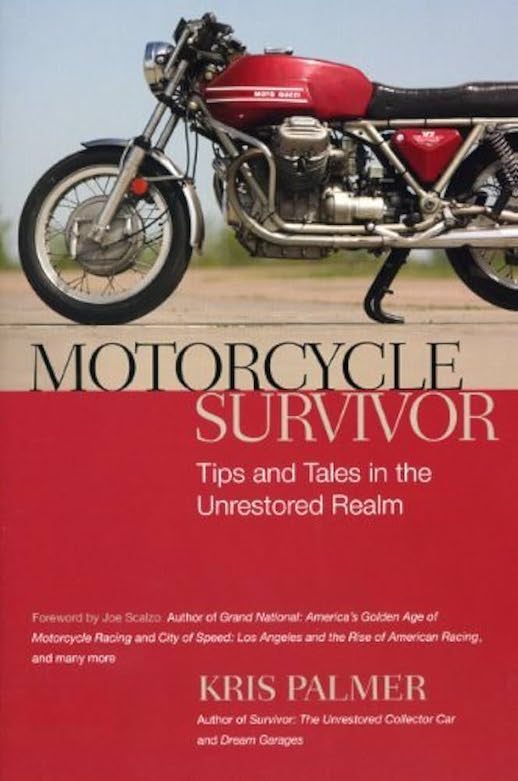





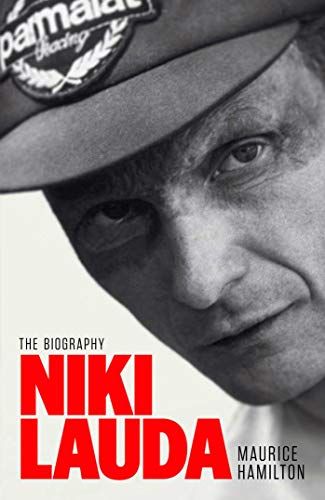
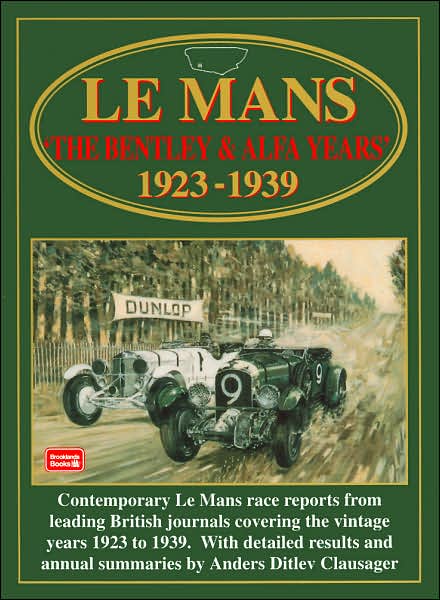
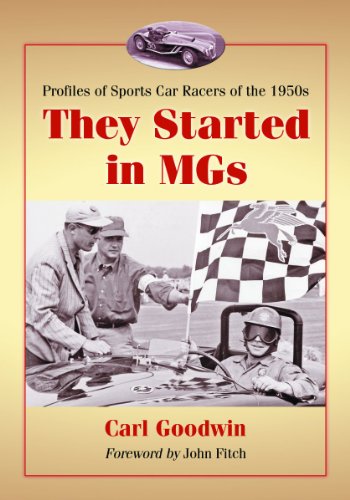
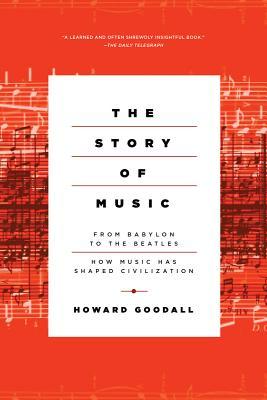
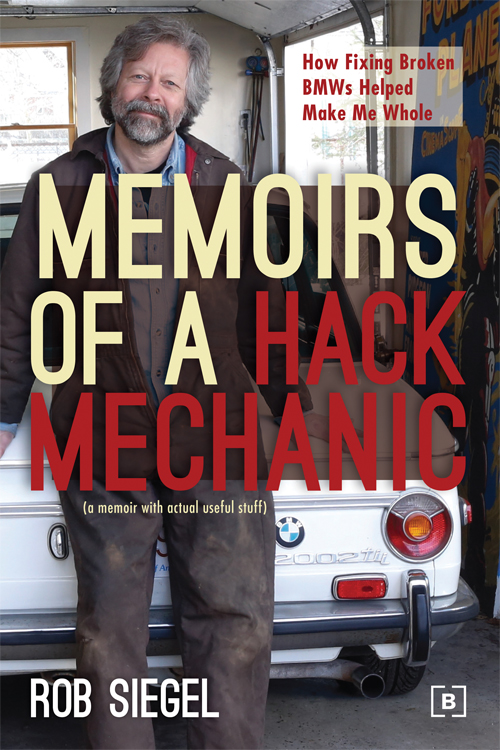
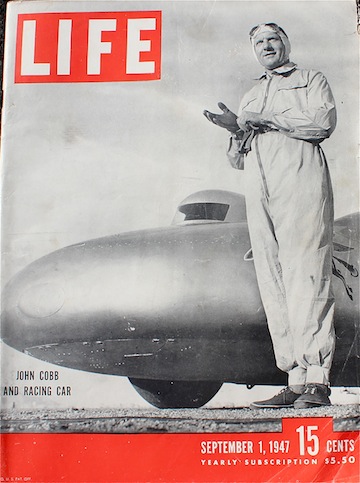
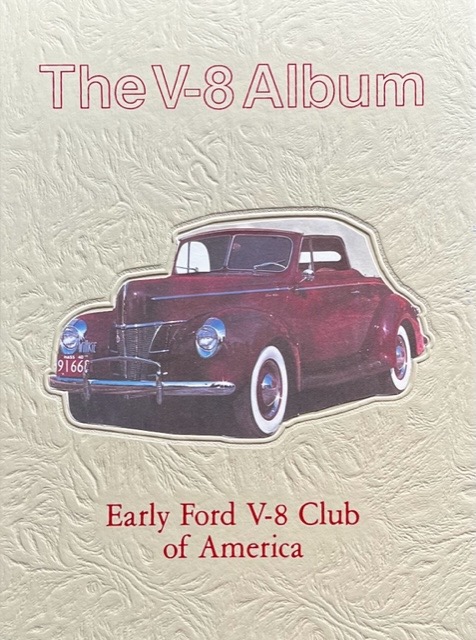
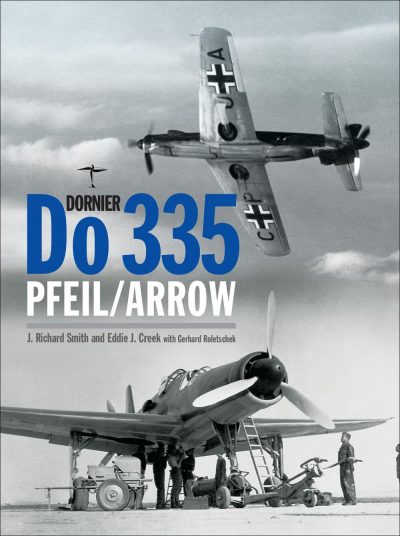
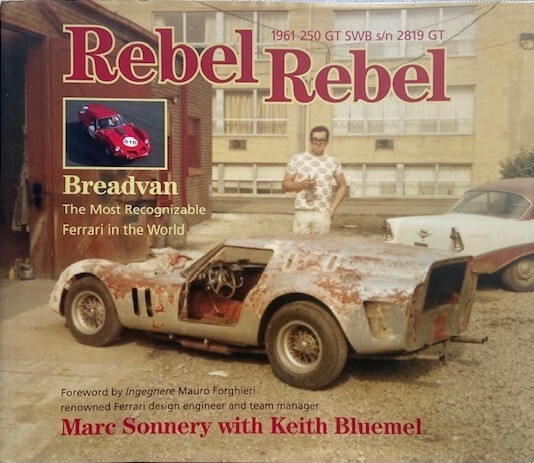

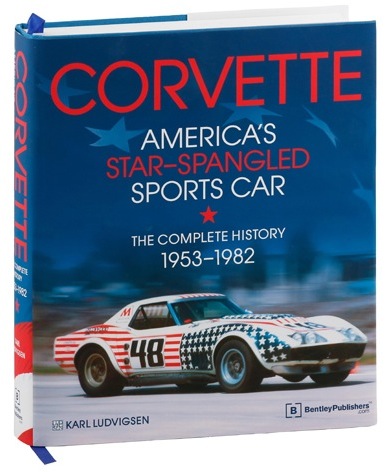
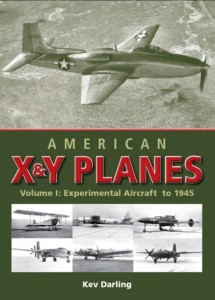
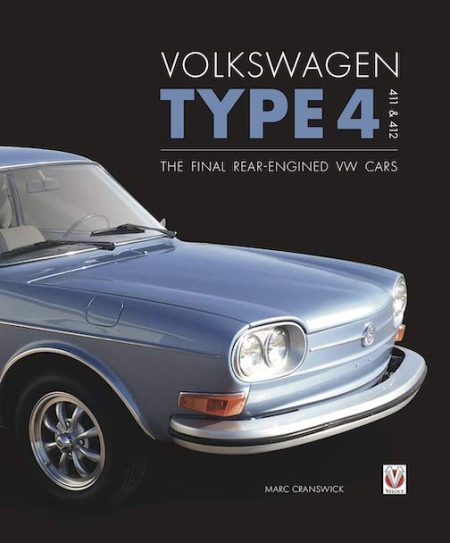
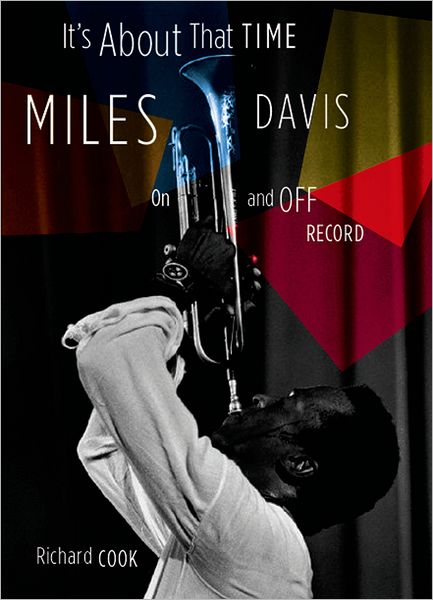


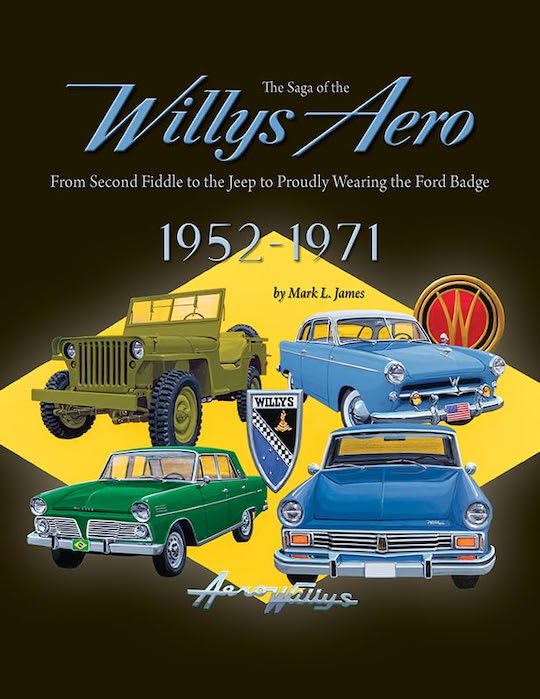
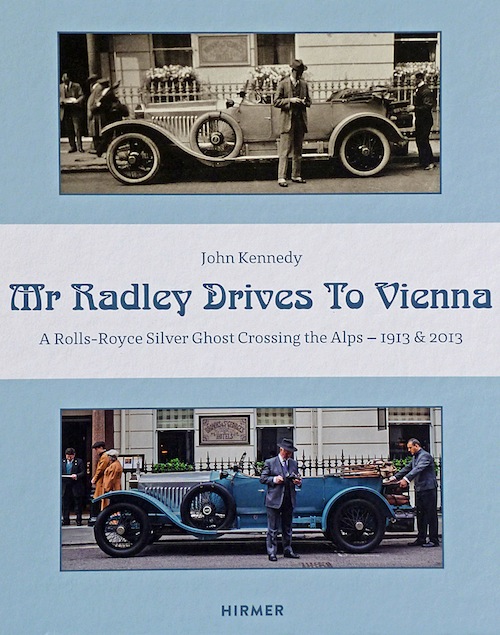
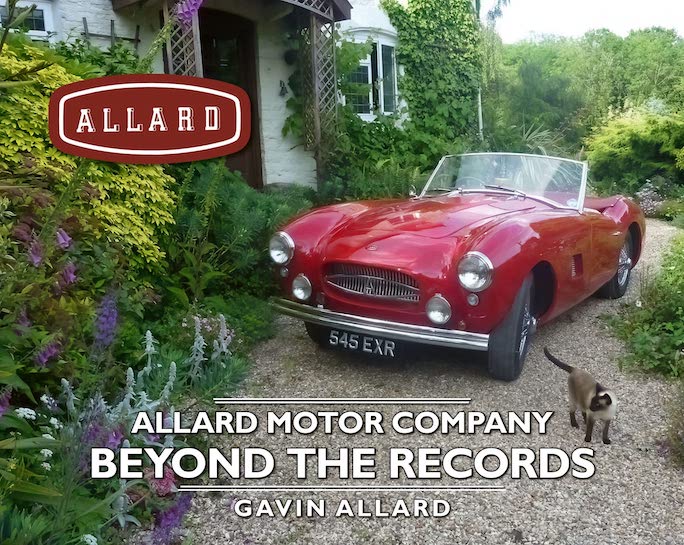
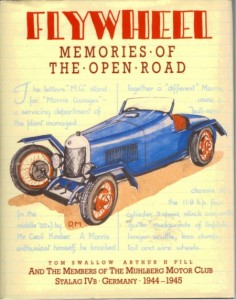
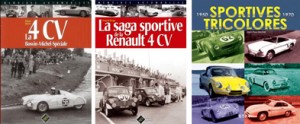
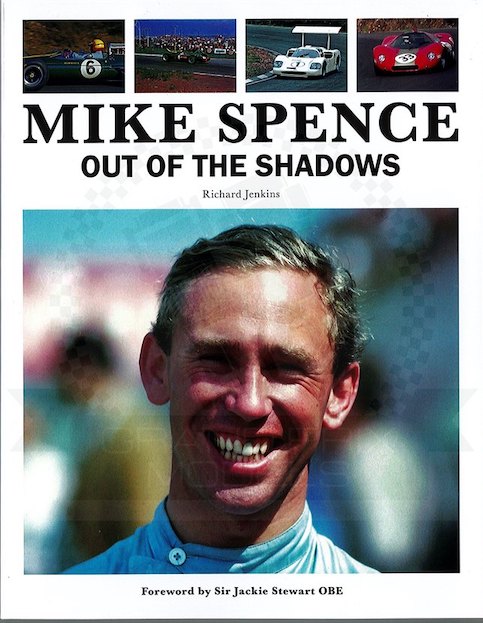
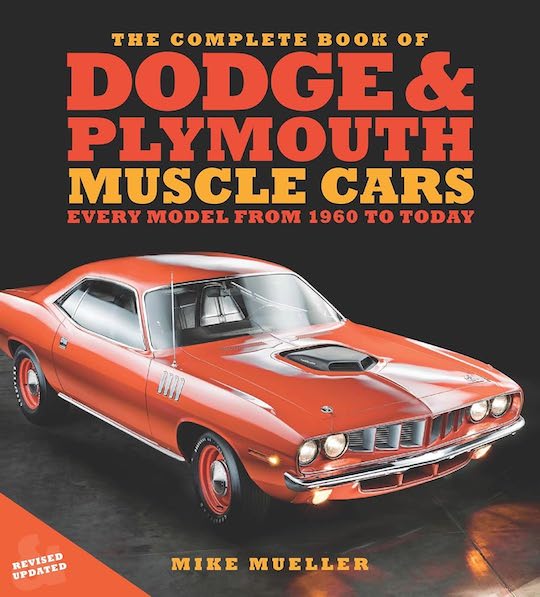
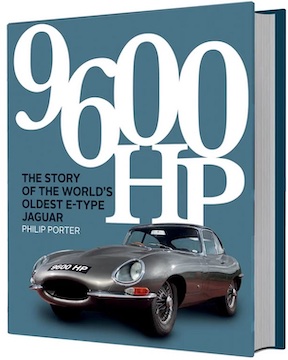
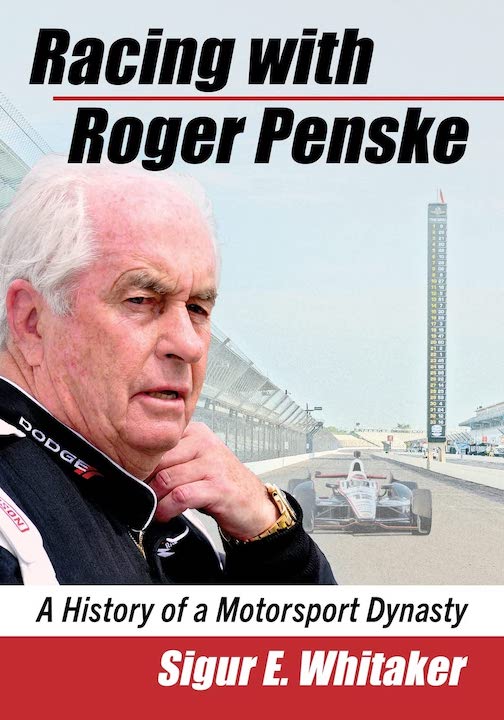
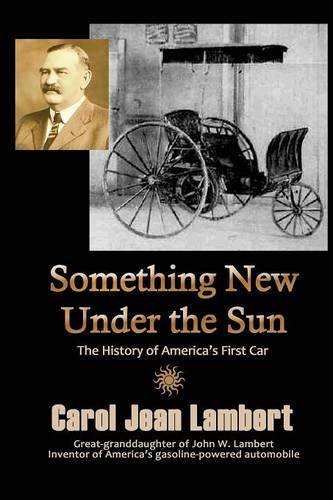
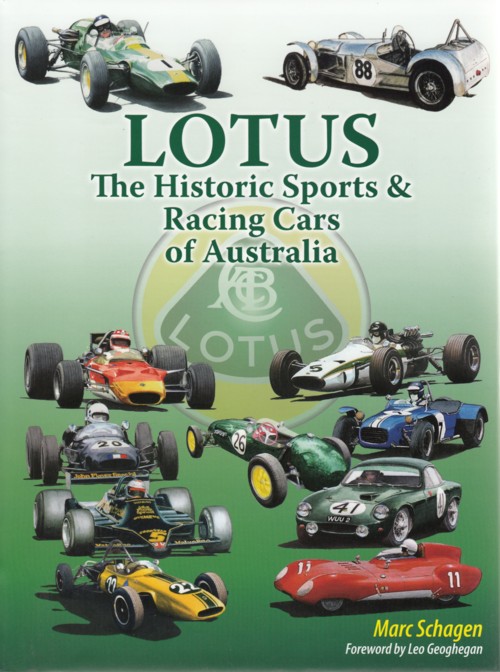
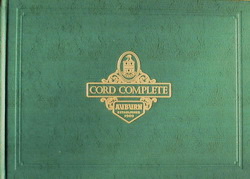
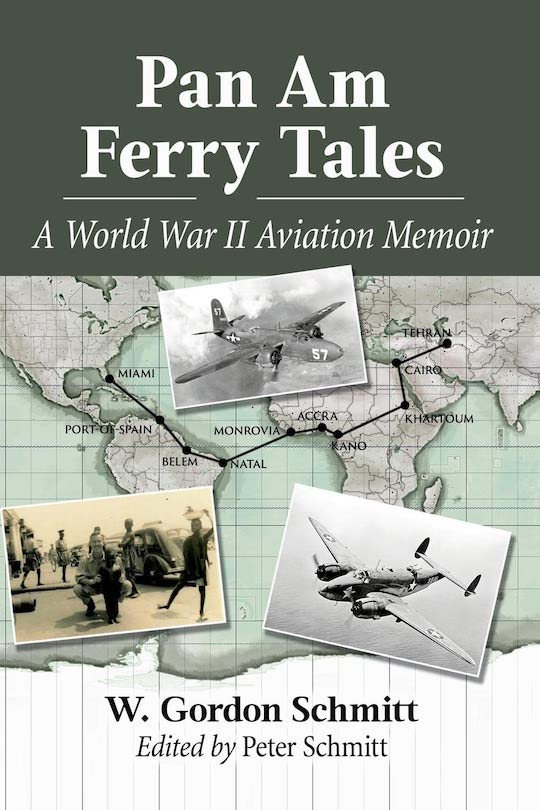
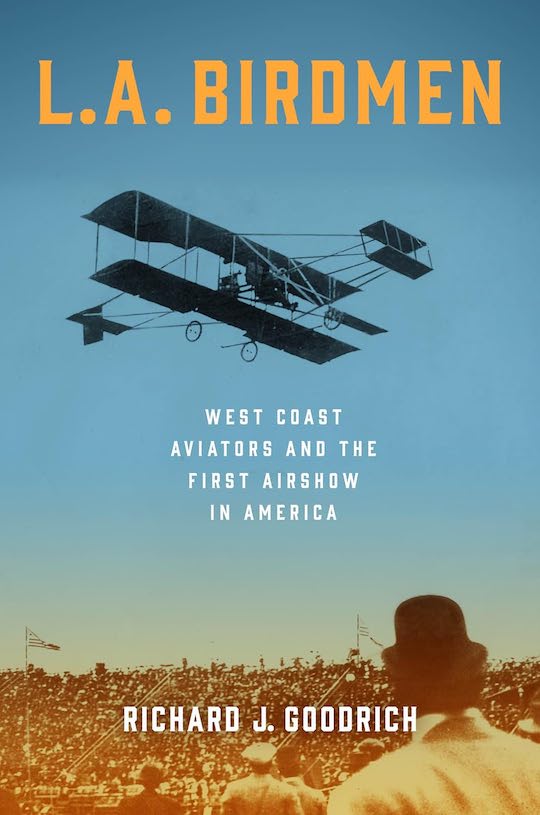

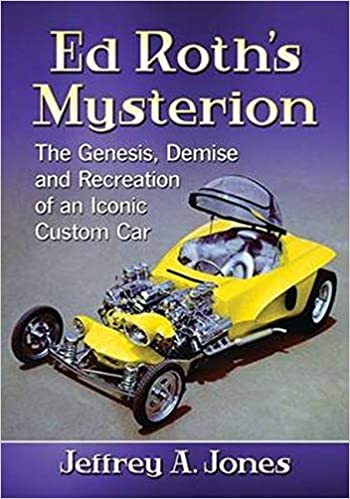

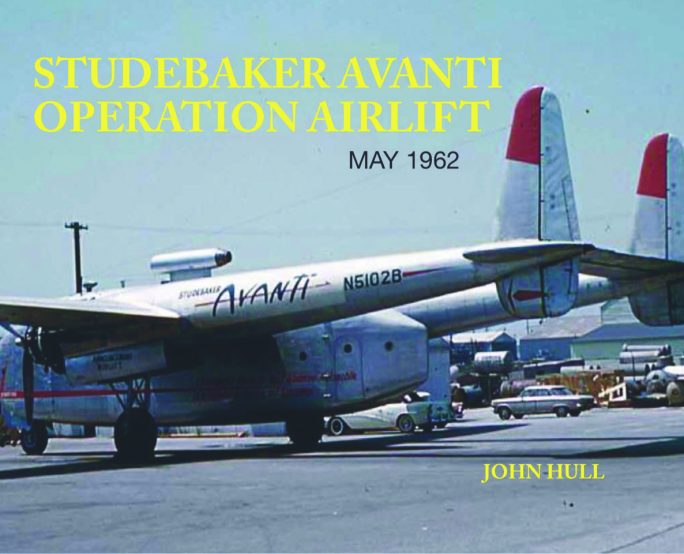



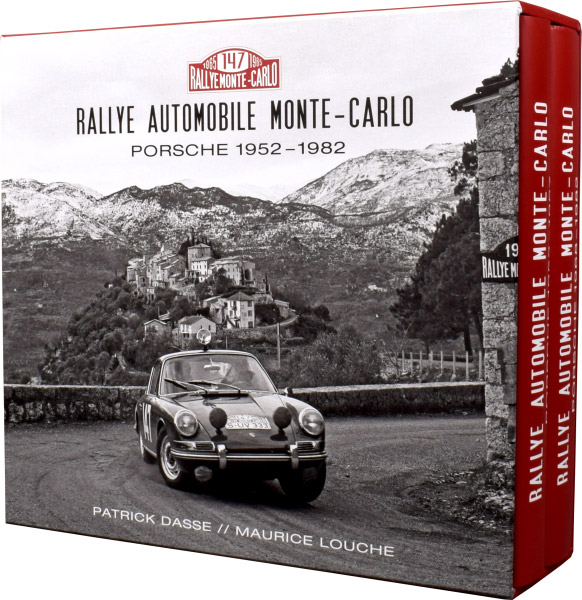
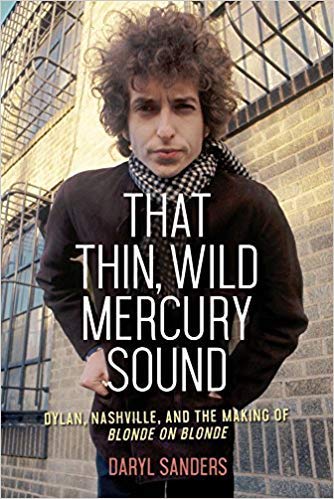
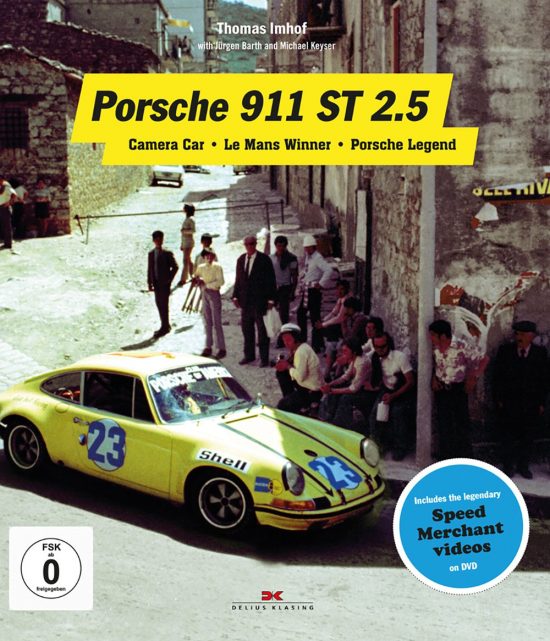
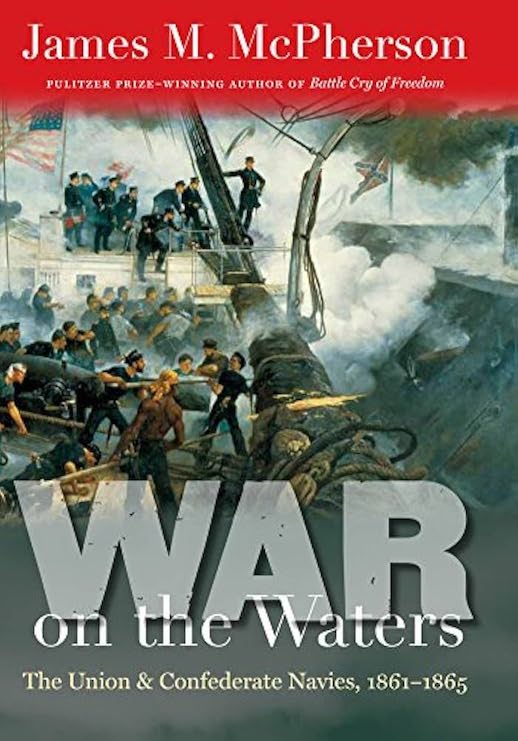

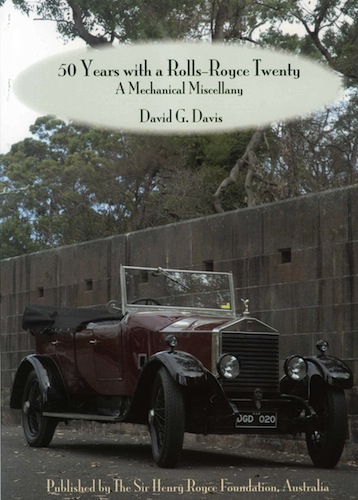
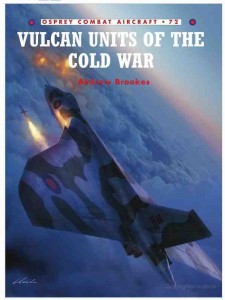
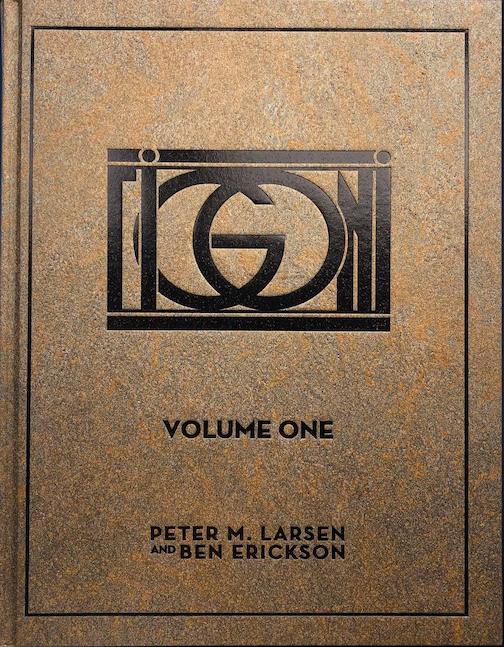
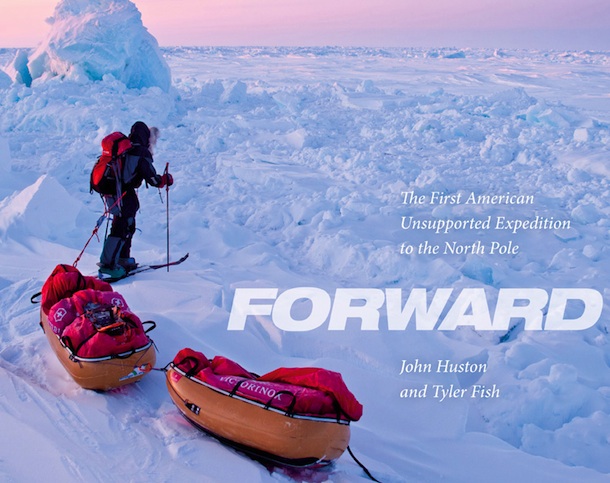
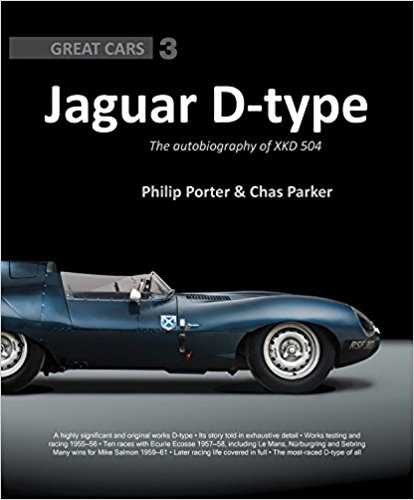
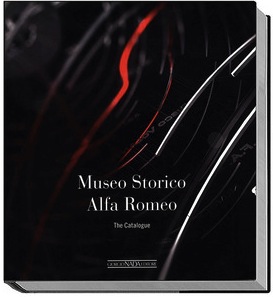

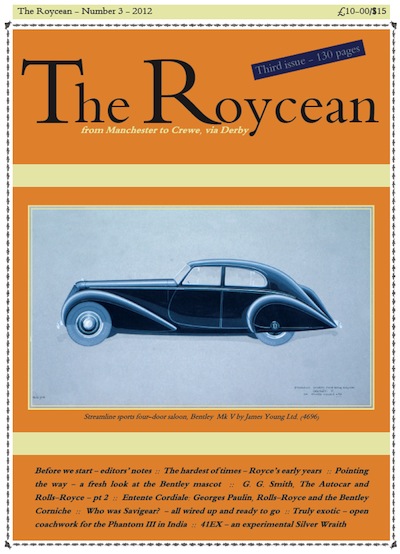

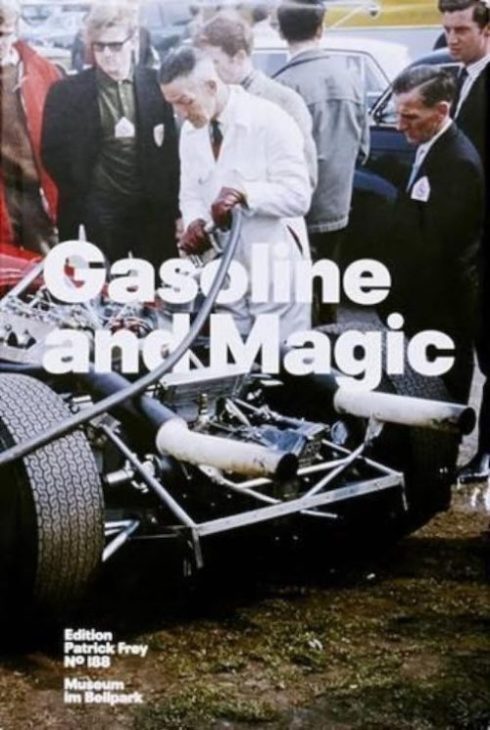
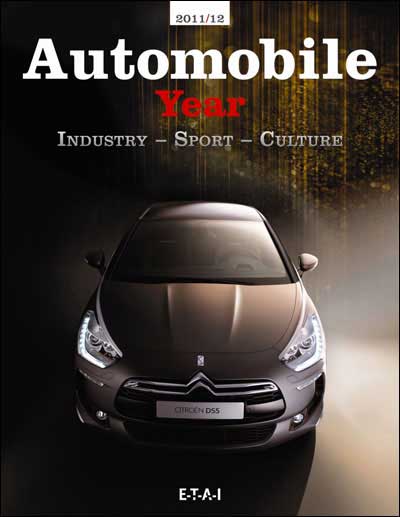
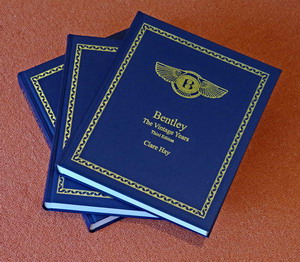
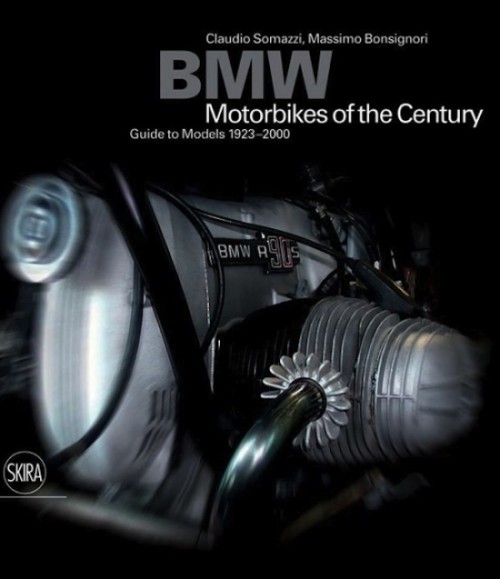
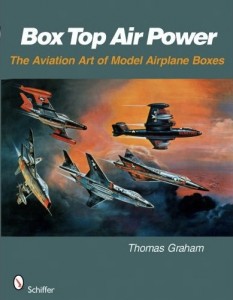

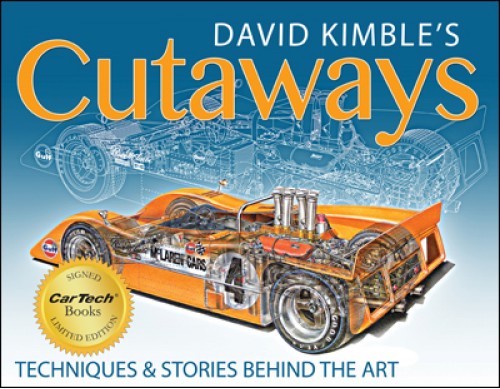
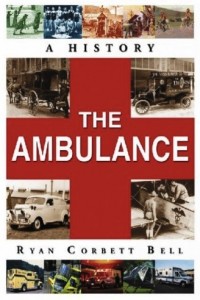
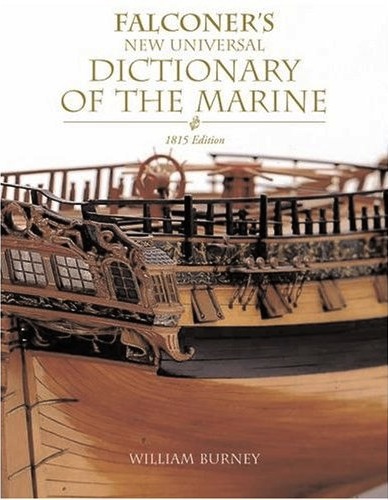
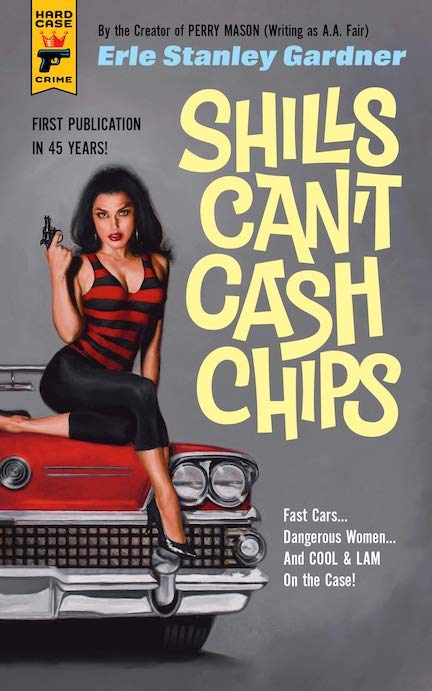


 Phone / Mail / Email
Phone / Mail / Email RSS Feed
RSS Feed Facebook
Facebook Twitter
Twitter